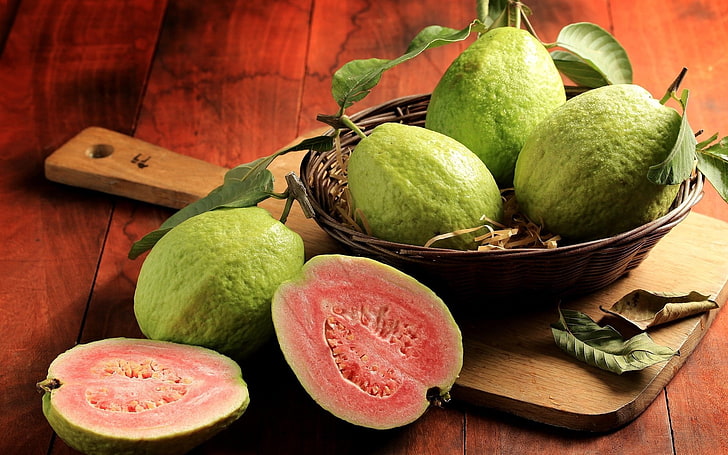



Even though the harvesting of guavas is taking a back seat, the immense amount of rain is an affair that all farm owners are welcoming. Furthermore, many producers are now keen on reminding the world how rich this fruit is in Vitamin C. Especially during this pandemic, Vitamin C has become essential in every household. Not only does it play a crucial role in boosting the immune system, but it also has essential vitamins that are required for the body. The benefits of guavas do not stop with vitamin C. The extremely beneficial properties of guavas for increasing your fibre, calcium and iron levels are indicated by their high levels of those nutrients when compared with other healthy foods.
Guavas have been cultivated for a long period of time, therefore its exact native range is somewhat obscure. However, it is thought to be native to Mexico, Central America, the Caribbean and tropical South America.
A widely cultivated species that has become naturalised in the wetter parts of tropical and sub-tropical Australia. It is a weed of waterways, pastures, open and closed forests, forestry plantings, plantation crops, roadsides, disturbed sites and waste areas.
The older stems of the guava are covered in a smooth, light reddish-brown, bark that peels off in flakes. This sometimes gives the trunks a mottled appearance, because the newly revealed bark is somewhat greenish-brown in colour. Younger stems are greenish in colour, hairy (i.e. pubescent), and somewhat four-angled (i.e. quadrangular). The simple leaves are oppositely arranged along the stems and are borne on short stalks (i.e. petioles) 4-10 mm long. The leaf blades (7-15 cm long and 3-7 cm wide) are somewhat oval in shape (i.e. ovate-elliptic or oblong-elliptic) with rounded or pointed tips (i.e. obtuse or acute apices) and rounded (i.e. obtuse) bases. They have hairy (i.e. pubescent) undersides (especially when young), entire margins, and are generally dull green in colour. Each leaf has a prominent central vein (i.e. midrib) and 10-20 pairs of side veins (i.e. lateral veins) that are also relatively obvious.
Article by: Hari Yellina (Orchard Tech)